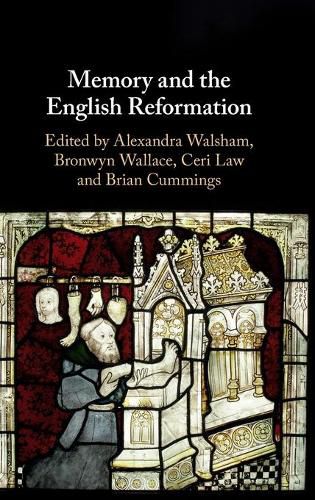Readings Newsletter
Become a Readings Member to make your shopping experience even easier.
Sign in or sign up for free!
You’re not far away from qualifying for FREE standard shipping within Australia
You’ve qualified for FREE standard shipping within Australia
The cart is loading…






The dramatic religious revolutions of the sixteenth and seventeenth centuries involved a battle over social memory. On one side, the Reformation repudiated key aspects of medieval commemorative culture; on the other, traditional religion claimed that Protestantism was a religion without memory. This volume shows how religious memory was sometimes attacked and extinguished, while at other times rehabilitated in a modified guise. It investigates how new modes of memorialisation were embodied in texts, material objects, images, physical buildings, rituals, and bodily gestures. Attentive to the roles played by denial, amnesia, and fabrication, it also considers the retrospective processes by which the English Reformation became identified as an historic event. Examining dissident as well as official versions of this story, this richly illustrated, interdisciplinary collection traces how memory of the religious revolution evolved in the two centuries following the Henrician schism, and how the Reformation embedded itself in the early modern cultural imagination.
$9.00 standard shipping within Australia
FREE standard shipping within Australia for orders over $100.00
Express & International shipping calculated at checkout
The dramatic religious revolutions of the sixteenth and seventeenth centuries involved a battle over social memory. On one side, the Reformation repudiated key aspects of medieval commemorative culture; on the other, traditional religion claimed that Protestantism was a religion without memory. This volume shows how religious memory was sometimes attacked and extinguished, while at other times rehabilitated in a modified guise. It investigates how new modes of memorialisation were embodied in texts, material objects, images, physical buildings, rituals, and bodily gestures. Attentive to the roles played by denial, amnesia, and fabrication, it also considers the retrospective processes by which the English Reformation became identified as an historic event. Examining dissident as well as official versions of this story, this richly illustrated, interdisciplinary collection traces how memory of the religious revolution evolved in the two centuries following the Henrician schism, and how the Reformation embedded itself in the early modern cultural imagination.